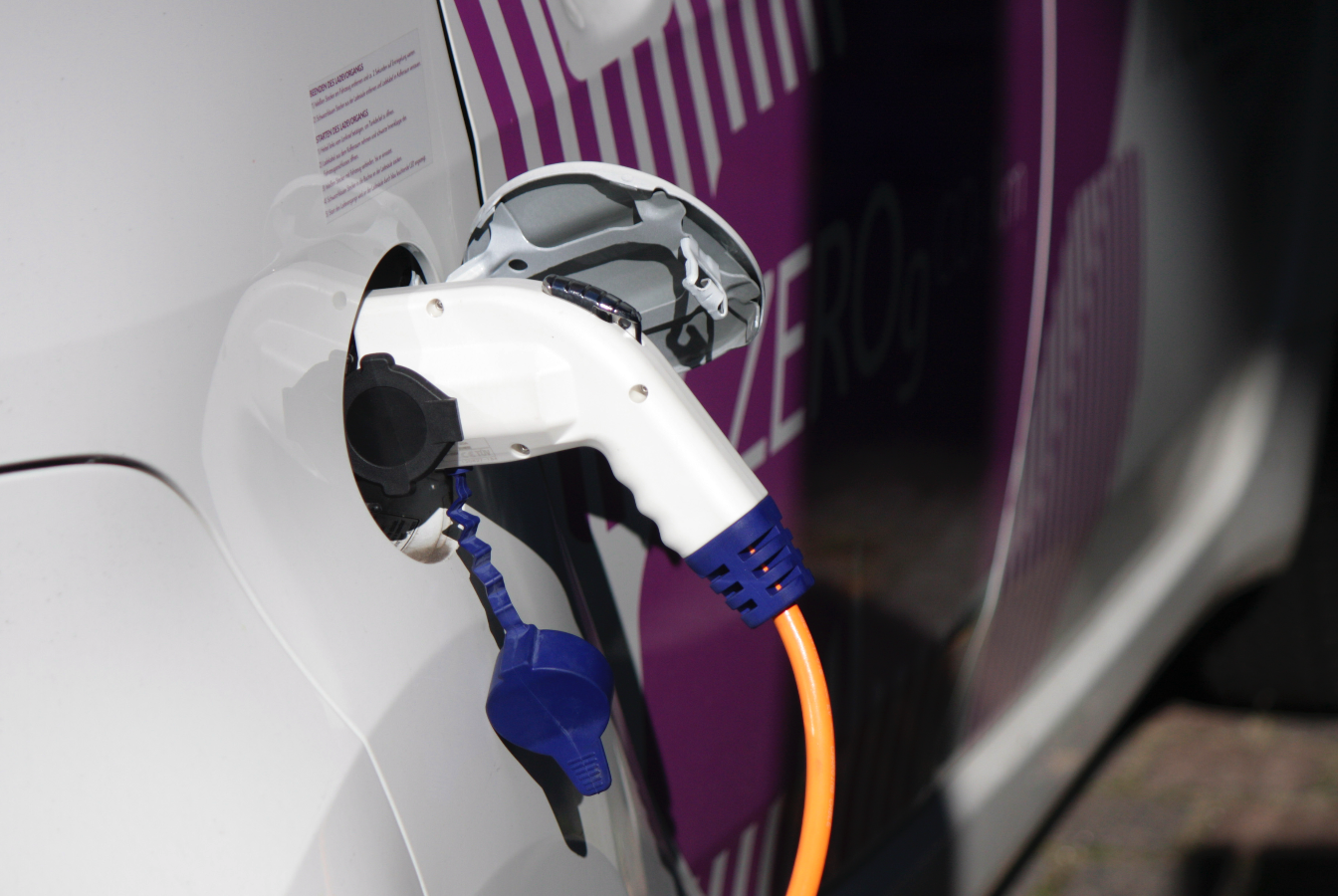
Obtaining a tax credit is the next best thing to paying no taxes at all.
The tax code contains over 30 non-refundable tax credits for businesses. These are part of the general business tax credit and are claimed on IRS Form 3800, General Business Tax Credit, and on Schedule 3 of Form 1040. The general business credit is not itself a tax credit, but rather an overall limitation on the total credits that a business can claim each year.
What if you’re a Schedule C business owner who doesn’t have employees and isn’t involved in one of the niche businesses that come with a credit? You’re not necessarily left out of the tax credit bonanza. Here are six tax credits that many Schedule C businesses with no employees can claim (and of course, you can qualify for these credits with employees, too).
- Credit for Increasing Research Activities
The credit for increasing research activities is intended to encourage businesses to invest in scientific research and experimental activities.
Any technological research qualifies, so long as it relates to a product’s new or improved function, performance, reliability, or quality. The research must involve the physical or biological sciences, engineering, or computer science.
You don’t have to have employees to get this credit, because you can claim the credit for 65 percent of the cost of hiring third parties to perform research activities on your behalf, such as outside contractors, engineering firms, or research institutes.
If you qualify, calculating the credit is worthwhile.
2. Qualified Plug-In Electric Drive Motor Vehicle Credit
If you purchase a new electric vehicle, you may be able to claim a credit. These include fully electric vehicles (EVs) and plug-in hybrid EVs (PHEVs).
The maximum credit is $7,500, and the minimum is $2,500. But the actual amount depends on the size of the vehicle’s battery. EVs generally get the maximum $7,500, while PHEVs often qualify for less. For example, a Ford Mustang Mach-E qualifies for a $7,500 credit, while a Subaru Crosstrek Hybrid gets only $4,502.
Unfortunately, the credit phases out the year after a manufacturer reaches 200,000 total EV car sales in the U.S.
Tesla and General Motors are the only two manufacturers so far to reach the limit, and the credits for their EVs are now completely phased out. So you won’t get a federal credit if you purchase a Tesla or a Chevy Volt. Toyota and Ford will probably be next to cross the 200,000-EV threshold.
When you claim the credit for a business vehicle, you reduce the vehicle’s depreciable basis by the credit amount. You then depreciate the remaining adjusted basis as you would for any other business vehicle.
3. Disabled Access Tax Credit
The Americans with Disabilities Act (ADA) prohibits private employers with 15 or more employees from discriminating against people with disabilities in the full and equal enjoyment of goods, services, and facilities offered by any “place of public accommodation”—this includes businesses open to the public.
The disabled access tax credit is designed to help small businesses defray the costs of complying with the ADA. But you don’t have to have employees to claim the credit. The credit may be claimed by any business with either
- $1 million or less in gross receipts for the preceding tax year, or
- 30 or fewer full-time employees during the preceding tax year.
The amount of the tax credit is equal to 50 percent of your disabled access expenses that exceed $250 in a year but are not more than $10,250. Thus, the maximum credit is $5,000.
4. Business Energy Tax Credit
The credit can be claimed for various types of renewable energy installations, including thermal and geothermal energy, wind turbines, and fuel cells.
But small businesses most often claim the credit for the cost of installing solar panels and related equipment to generate electricity to provide illumination, heating, or cooling (or hot water) in a business structure, or to provide solar process heat.
Unlike the solar credit for homeowners, there is no dollar limit on this business credit. The credit is 26 percent of the cost of solar property whose construction begins in 2020, 2021, or 2022.
The tax code reduces the credit percentage to 22 percent if construction begins during 2023.
5. Rehabilitation Tax Credit
The secretary of the interior must certify to the secretary of the treasury that the project meets their standards and is a “Certified Rehabilitation.” If your building is not already registered as historic but you think it should be, you can nominate it for historic status by contacting your state historic preservation office.
6. New Energy-Efficient Home Credit
The credit is available for all new homes, including manufactured homes, built between January 1, 2018, and December 31, 2021. To meet the energy savings requirements, a home must be certified to provide heating and cooling energy savings of 30 percent to 50 percent compared with a federal standard.
A reduced credit of $1,000 is available for manufactured homes with a heating or cooling consumption at least 30 percent less than a comparable house and with the Energy Star label.
Are More Credits on the Way?
In the news, you have been reading and hearing about the Build Back Better bill that passed the House and is being considered by the Senate. There are lots of tax credits in the bill. But there are three things to know as of December 1, 2021.
- The Senate will likely create and try to pass its own version of this bill.
- If the Senate passes the bill in a different form, the bill will go to a conference with both House and Senate members, who will make more changes.
- Regardless of what happens, we don’t see any changes in the current bill or expect any changes that will affect the information in this newsletter. The changes, if any do become law, will apply to 2022 and later.


